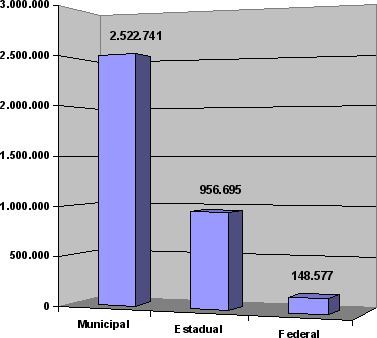 | ||
LexML Brasil (or LexML-BR or LexML Brazil) is a project of Brazil's Electronic Government initiative. Its objective is to establish open data systems, integrate work processes and share data, in the context of identifying and structuring executive, legislative and judiciary documents. The LexML-BR standards define a set of simple technology-neutral electronic protocols and representations, based on XML and HTTP ecossistem.
Contents
While the project was officially launched on June 30, 2009, Brazil has been participating in the LexML community since 2006. In 2009, LexML became an explicit national data standard in the "pt:e-PING".
In May, 2012, Brazil's "Public Access to Information" law (Lei de Acesso a Informações Públicas) entered into force, which strengthened the standing of LexML as a transparency tool that could assist in carrying out the obligation to publish government data in the areas of legislative and court documents.
Schema
LexML's technical standards allow efficient handling of an enormous quantity of legislative and court information available in Brasil. These include:
History
An early development at Brazil occurred at 1997, in a scholar initiative, with the modeling of the structure of Brazilians legislative documents, and the demonstration that all legislative documents can be automatically translated to HTML hypertext, with intra and inter links. The seminal algorithms (implemented as Perl scripts and regular expressions) was lost one decade, rediscovered during the development of an important LexML tool, the lexml-linker. Some scholar studies continued, and served as support to redirect the initial LexML-BR focus on XML schemas to metadata and URN schemas.
The LexML-BR Project was started in ~2006, and had the LexML-IT as an antecedent, as well public as consultings. On June 30, 2009, it was launched officially.
It is now a joint initiaitve of many administrative bodies, including Brazil's legislature, executive and judiciary branches, part of the IT Management Community, which combines the areas of legislative and court information.
The goals of the LexML Brazil project can be divided into two main areas:
Motivation
In addition to the legal requirements in Brazil for transparency and publication of government documents (see Motivations), the sheer volume of legislation places a premium on digitization and better public access to digital forms of the law.
In 20 years, Brazil has produced approximately:
There has been some research identifying this proliferation of laws and bureaucracy as partly responsible for many economic activities going 'underground'.
